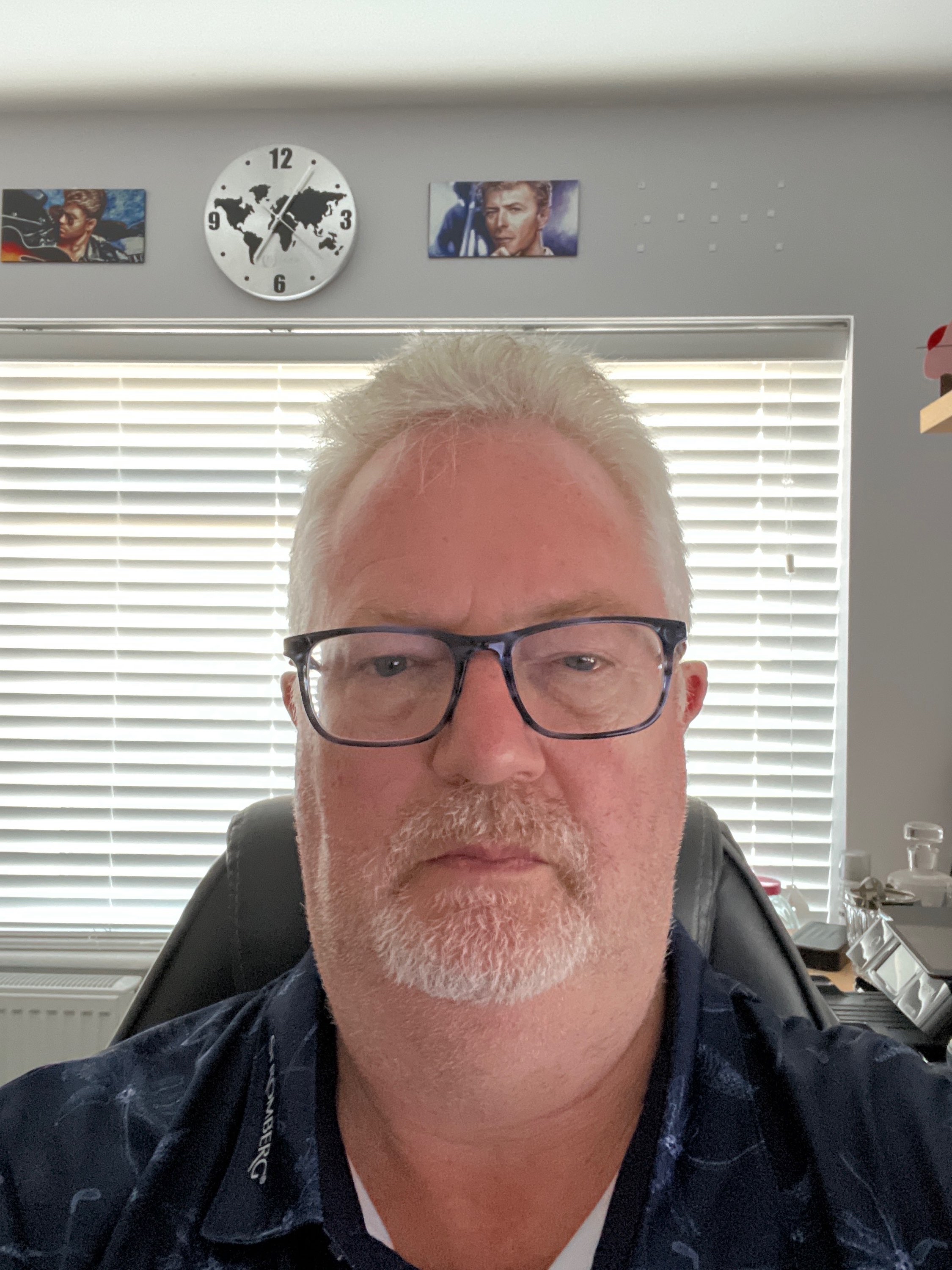ESA astronauts help map Europe’s light pollution from space
- Satellite Evolution

- Oct 27, 2022
- 1 min read
Over the last two decades, astronauts on the Station have witnessed how cities shine whiter at night as new street lighting technologies were introduced.

When ESA astronaut Samantha Cristoforetti gazed at Earth from orbit during her recent Minerva mission, cities glowed brighter than the stars. Since 2003, Samantha and other European astronauts have taken over a million pictures of Earth at night with digital cameras to demonstrate the true extent of light pollution.
A team of European researchers processed the pictures and compared them over time, showing a clear increase of lighting pollution in urban areas, and a shift towards whiter and bluer emissions. This is due to the widespread introduction of light-emitting diode lamps, or LED technology.

“As seen from space, the resulting image looks like a cancer scan or a fluorescent spider’s web that keeps growing,” says Alejandro Sánchez de Miguel, research fellow at the UK’s University of Exeter. Their recent paper highlights how invasive night lights are and their negative effects for the environment.
As Europe turns lights down in an urge to save energy, scientists warn that it should not only be about reducing bills – brighter nights are disrupting the night cycle for humans, animals and plants.



Comments